| –
| Place drip tray for workshop hoist -VAS 6208- beneath engine. |
| –
| Remove drain plug -1- and drain off coolant. |

Note 
Note | t
| The cooling system is filled all year round with a mixture of water and coolant additive. Mixture ratio → Anchor |
| t
| Use only the coolant additive listed in the → Electronic parts catalogue. Other coolant additives could seriously impair in particular the anti-corrosion properties. The resulting damage could lead to loss of coolant and consequently to serious engine damage. |
| t
| The specified coolant (based on recommended mixture ratio) → Anchor prevents frost and corrosion damage and stops scaling. Such additives also raise the boiling point of the coolant. For these reasons the cooling system must be filled all year round with the correct coolant additive. |
| t
| Because of its high boiling point, the coolant improves engine reliability under heavy loads, particularly in countries with tropical climates. |
| t
| Frost protection is required down to about –25 °C (in countries with arctic climate: down to about –35 °C). |
| t
| The coolant concentration must not be reduced by adding water even in warmer seasons and in warmer countries. The coolant concentration must be at least 40 %. |
| t
| If greater frost protection is required for reasons of climate, the coolant concentration can be increased up to a maximum of 60% (this gives frost protection down to about –40 °C). Otherwise frost protection decreases again and cooling efficiency also becomes worse. |
| t
| Use only clean tap water for mixing coolant. |
| t
| If radiator, heat exchanger, cylinder head, cylinder head gasket or cylinder block have been renewed, do not re-use old coolant. |
| t
| Contaminated or dirty coolant must not be used again. |
| t
| To check anti-freeze protection in cooling system, use refractometer -T10007-. |
| Recommended mixture ratio for coolant |
| l
| Coolant (40 %) and water (60 %) for frost protection to –25 °C |
| l
| Coolant (50 %) and water (50 %) for frost protection to –35 °C |
| l
| Coolant (60 %) and water (40 %) for frost protection to –40 °C |
|
|
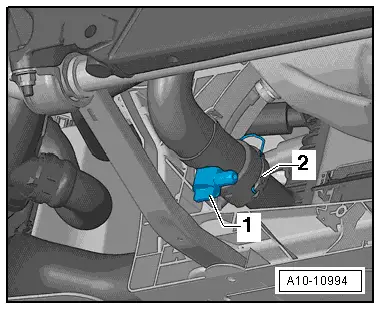
|

 Note
Note Note
Note

 Note
Note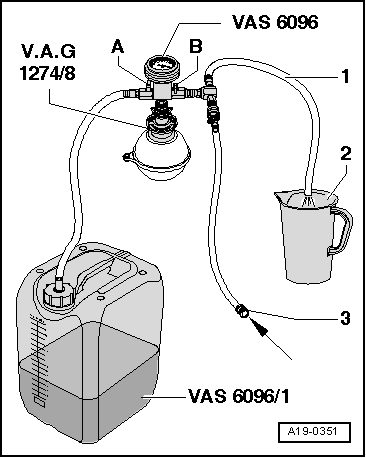
 Note
Note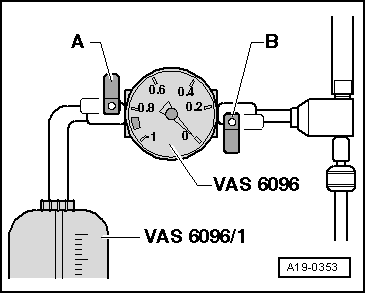
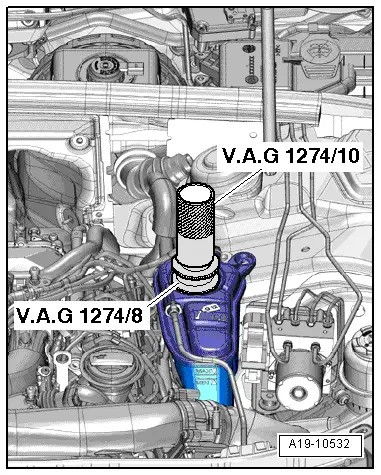
 Note
Note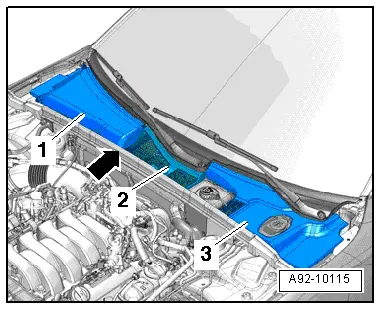
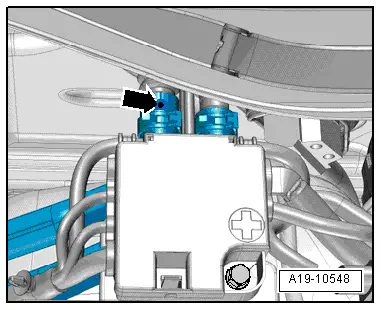
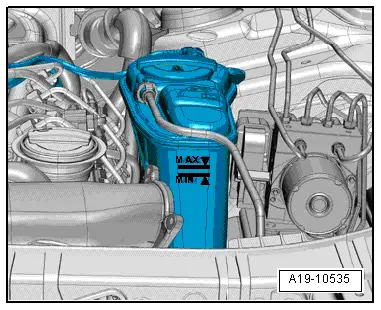

 WARNING
WARNING